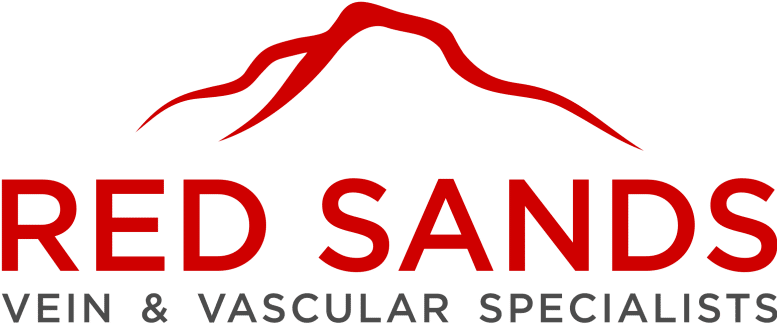Varicose veins are the physical manifestations of venous insufficiency, which in short, means your veins don’t return blood well. What many people don’t know is that varicose veins are actually very common in the general public. In fact, many people have them, but don’t have any symptoms. Symptoms are progresive in this disease. They start very mild and, unless treated, they can progress to become very severe. After years of not being treated they can lead to serious medical conditions.
Are Varicose Veins Dangerous?
Are varicose veins dangerous? The short answer is with time, yes. Untreated varicose veins can lead to many health problems. Here are some of the symptoms to watch out for.

Swelling
A very common symptom of varicose veins is swelling. The medical term for swelling is edema. This is usually in the feet and ankles. Pregnancy, flying, especially long haul flights, and being on your feet all day can exacerbate it. Lying down and elevating the feet will usually help alleviate symptoms.
Leg Ulcers
One of the most dangerous complications of varicose veins are ulcers. They usually rise on the inside of the calf or ankle after years of untreated varicose veins. They pose a significant infection risk and can lead to loss of the limb.
Bleeding Veins
Spontaneous bleeding or bleeding from injury can be a very scary complication of varicose veins. When this happens typically there is quite a lot of blood and direct pressure is needed to stop the bleeding. Unlike an arterial bleed it is not usually life threatening, but it can happen over and over again until it is treated.
Blood Clots
Patients with varicose veins are at an increased risk of superficial vein blood clots (SVT). This causes significant pain and inflammation in the affected area. This is called superficial thrombophlebitis.
Lipodermatosclerosis
Lipodermatosclerosis is a process that happens in the skin of the ankles and lower leg after years of chronic inflammation from bad veins. The skin becomes thick and rough. It can crack and is often red and inflamed. This is preventable with early treatment but often times irreversible. Treatment after a patient has lipodermatosclerosis does help with the inflammation and skin break down but not usually with thickness and discoloration of the skin.
Hyperpigmentation
Blood cells contain iron. When the return flow to the heart, via the veins, isn’t great the blood becomes stagnant. In that environment the iron can slowly leach out in the skin and stain it. This is called hemosiderin staining or hyperpigmentation. This is often irreversible but preventable.
Lifestyle
One of the biggest problems with varicose veins (venous insufficiency) is that the pain and discomfort that comes from the veins can affect a person’s way of life. This creates a sedentary cycle because it is painful to move around. Subsequently people become inactive and suffer from weight gain which can lead to diabetes and heart disease.
Risk Factors of Varicose Veins
The following factors increase your risk of developing varicose veins.
Age
Unfortunately as we get older the prevalence and risk for varicose veins increases.
Sex
Overall about 30% of the U.S. population suffer from venous insufficiency. Of that 30%, two-thirds are female. This is largely due to prior pregnancies.
Pregnancy
Varicose veins in pregnancy usually do not pose a significant health threat. However, varicose veins during pregnancy signify underlying venous insufficiency and women with prior pregnancies have a higher risk of symptomatic venous insufficiency during pregnancy and later in life. Yes, blame your kids.
Genetics
Genetic predisposition definitely plays a role in the varicose veins. Generally patients with symptomatic varicose veins have at least one parent with varicose veins.
Obesity
Sedentary lifestyle is a risk factor for varicose veins. Obesity is correlated with a sedentary lifestyle.
Standing or Sitting for Long Periods of Time
People who have an occupation which requires prolonged time sitting or standing in one place are at an increased risk of developing varicose veins.
Conclusion
As you can now see, varicose veins pose a significant risk to our overall health if left untreated for a prolonged period of time. Prompt evaluation and treatment of symptomatic varicose veins is highly recommended; not only from a medical perspective, but also a wellness and way of life perspective. We want patients to live the lifestyle they want and have no physical limitations to achieving their goals.
To learn more about varicose veins and the treatment options available, click here.
